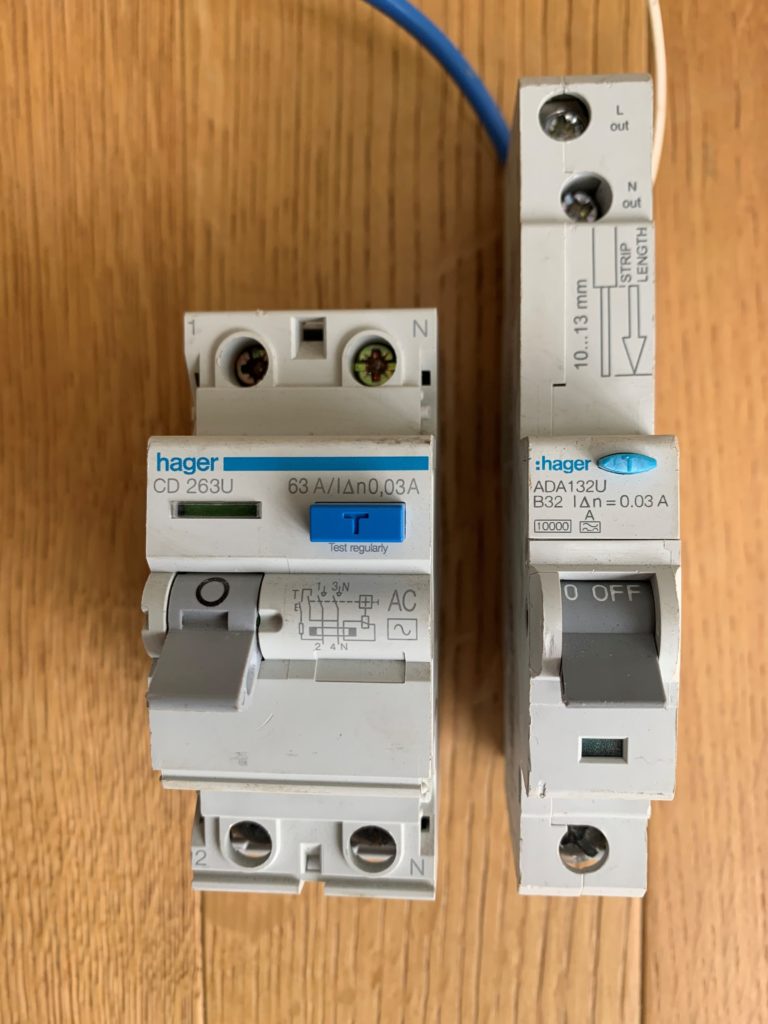RCD
A residual current device – most commonly referred to as an RCD – is designed to save lives by ensuring that anyone who touches something live, such as a bare wire, does not receive an electric shock that could prove fatal. An RCD will offer a level of protection that goes beyond a standard fuse or circuit breaker and can be worth its weight in gold in preventing electrocution or fire.
An RCD works by monitoring the electric current that flows through the circuit(s) that it is in place to protect. If it detects that electricity is being channelled through an unintended path, such as a human being who has touched an exposed wire, the RCD intervenes to switch the circuit off immediately, thus reducing the likelihood of serious injury or even death.
Important: Although the Residual Current Device protection reduces the risk of death or injury from electric shock, it does not reduce the need to protect yourself, your family and your property by having your electrical wiring checked at least every 10 years. If you think there is a fault with your wiring or an appliance, stop using it immediately and contact a registered electrician.
Testing the Residual Current Devices – testing the RCDs
- It is strongly recommended that you test all the fixed and the socket-outlet RCDs regularly (once every three months) by using the ‘test’ button built into them. The manufacturers recommend that portable RCDs are tested every time you use them.
- Do not hold the test button in for a long time if the RCD does not trip. If the RCD does not switch off the supply when you use the test button, get some advice from a registered electrician.

